Concrete Resurfacing Solutions
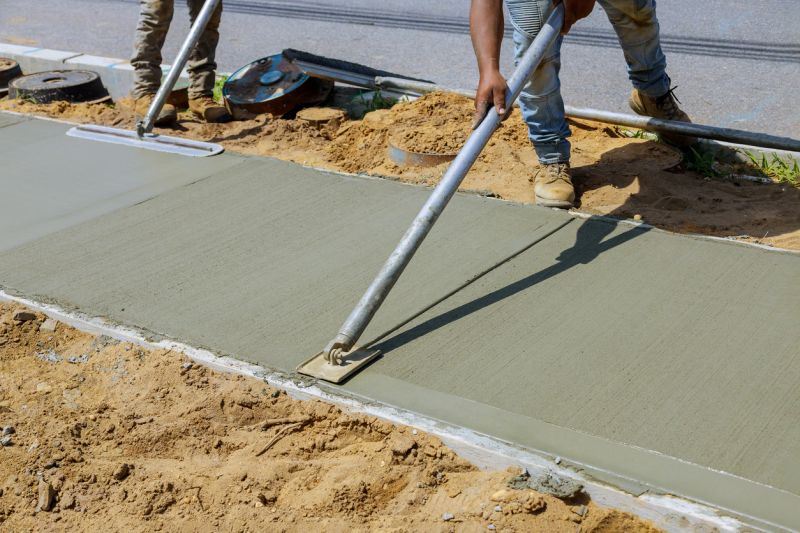
Ideal conditions for concrete resurfacing include dry and mild weather, typically in spring and fall, to ensure proper curing and adhesion.
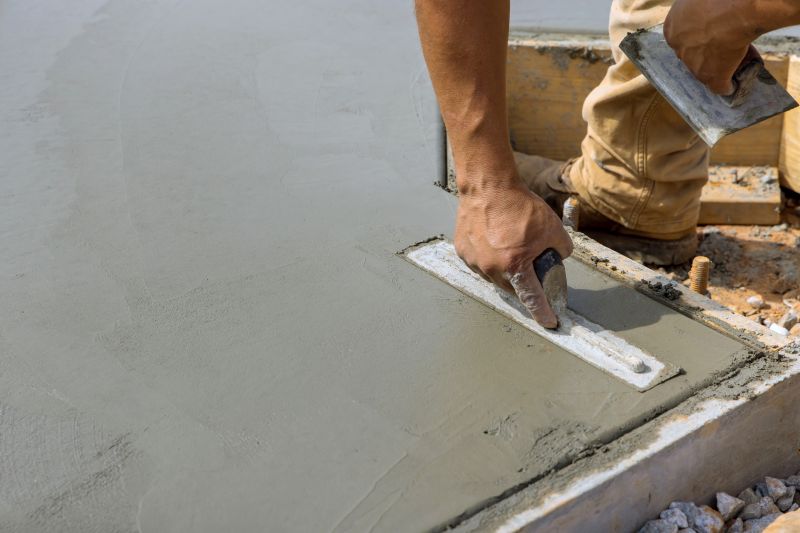
Resurfacing should be avoided during extreme heat or freezing temperatures, as these can compromise the bonding process and durability.
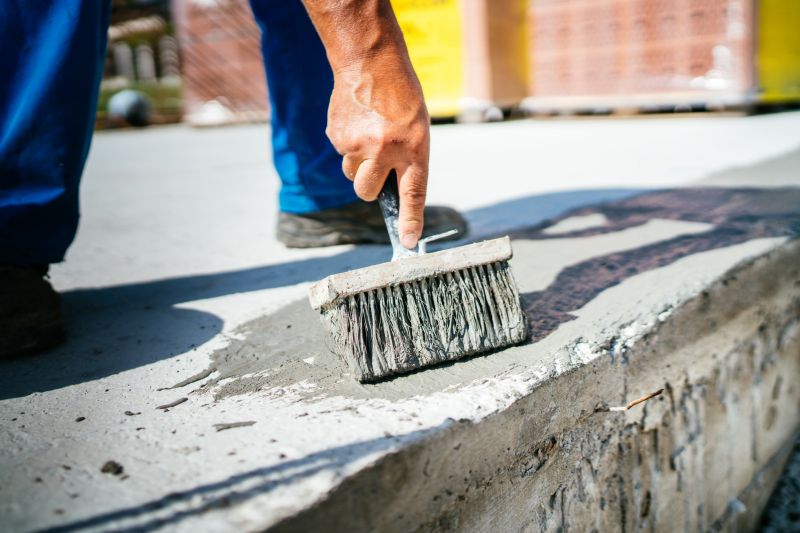
Periods of low humidity are preferable to prevent excess moisture, which can interfere with the curing of the resurfacing material.
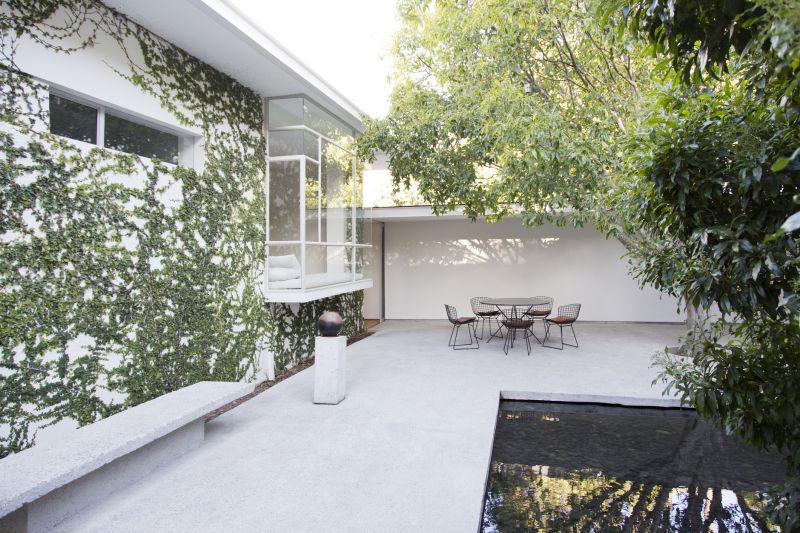
Ways to make Concrete Resurfacings work in tight or awkward layouts.
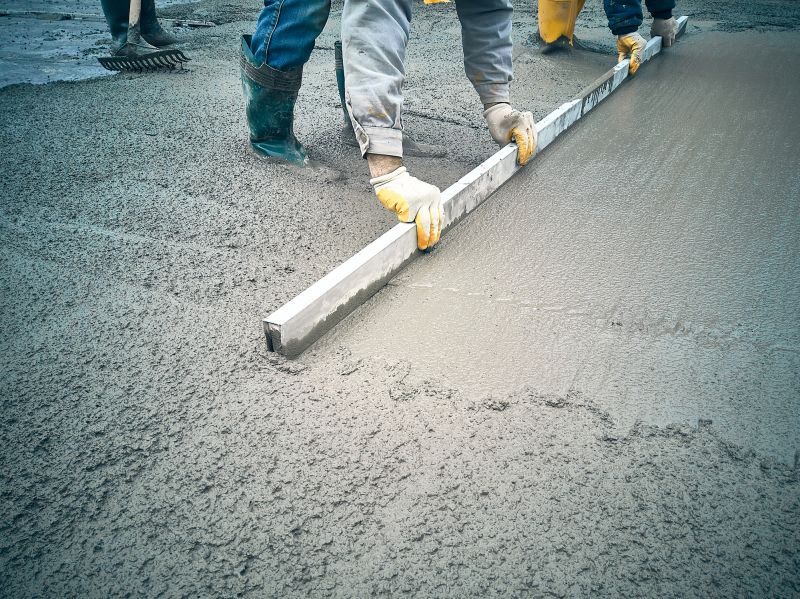
Popular materials for Concrete Resurfacings and why they hold up over time.
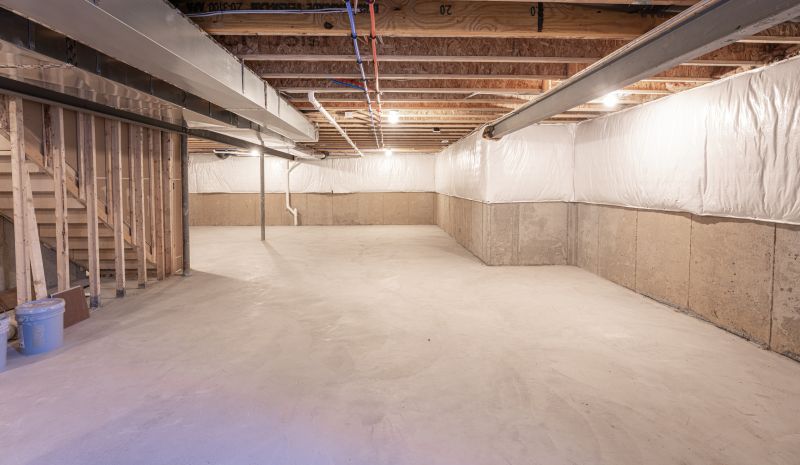
Simple add-ons that improve Concrete Resurfacings without blowing the budget.
Concrete resurfacing is a cost-effective way to restore the appearance and functionality of existing concrete surfaces. It involves applying a new layer of material over the old surface, providing a fresh look and enhanced durability. Proper timing ensures optimal adhesion and longevity of the resurfacing layer, making seasonal considerations crucial for successful application.
Statistics indicate that concrete resurfacing can extend the lifespan of concrete surfaces by several years, reducing the need for full replacements. The process is especially effective in moderate climates, where weather conditions support proper curing. Scheduling resurfacing during suitable weather conditions can increase the lifespan of the new surface by up to 50% compared to improperly timed applications.
Proper surface cleaning and repair are essential before applying a resurfacing material to ensure adhesion and durability.
Various materials are available, including overlays, coatings, and polymer-modified products, each suited for different conditions and aesthetic preferences.
Resurfacing can be applied using squeegees, brushes, or spray equipment, depending on the surface size and desired finish.
Allow adequate curing time and consider sealing to protect the new surface from moisture and wear.
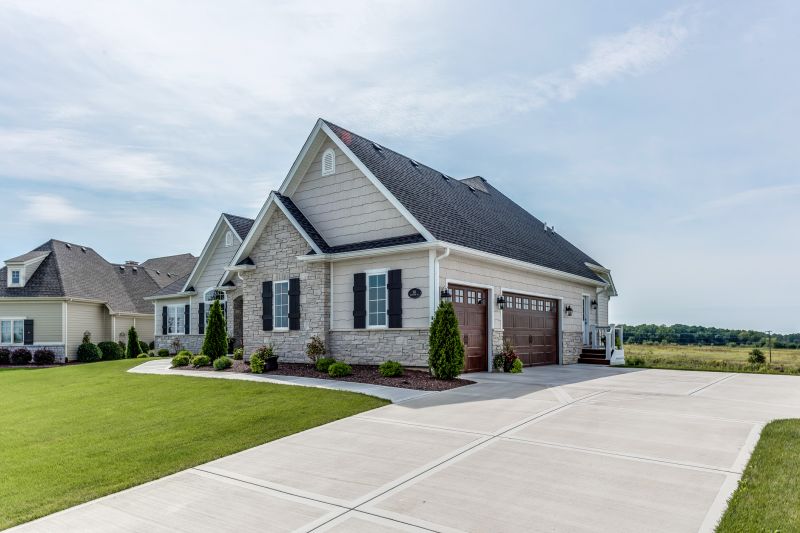
A smooth, durable surface improves appearance and functionality.
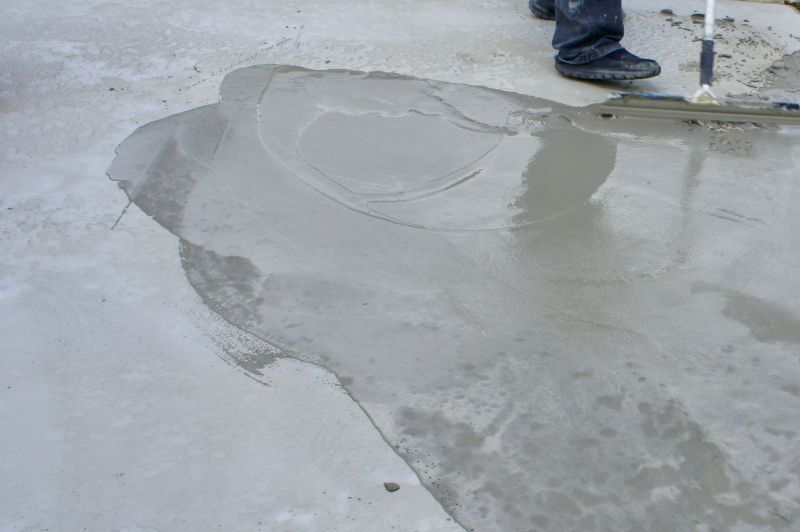
Enhanced aesthetics and surface protection.
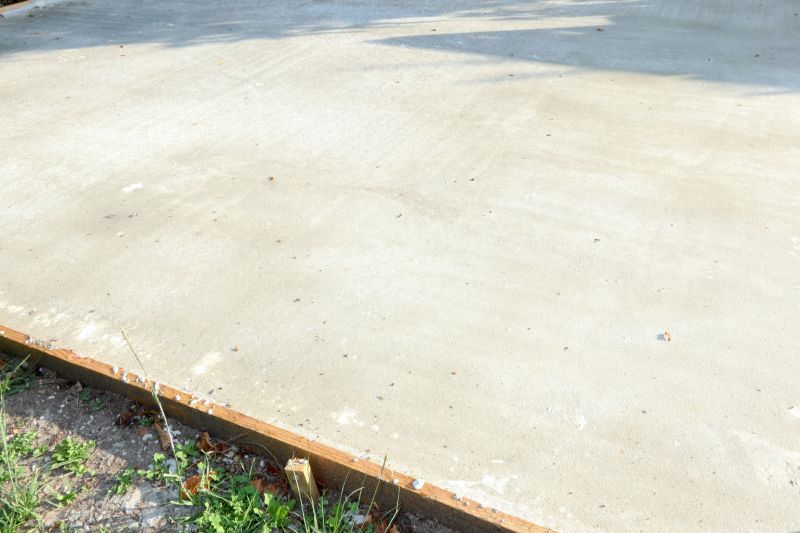
Resists stains and cracks with proper application.

Improves safety and visual appeal.

Provides a professional finish for business properties.

Creates a slip-resistant, attractive surface.
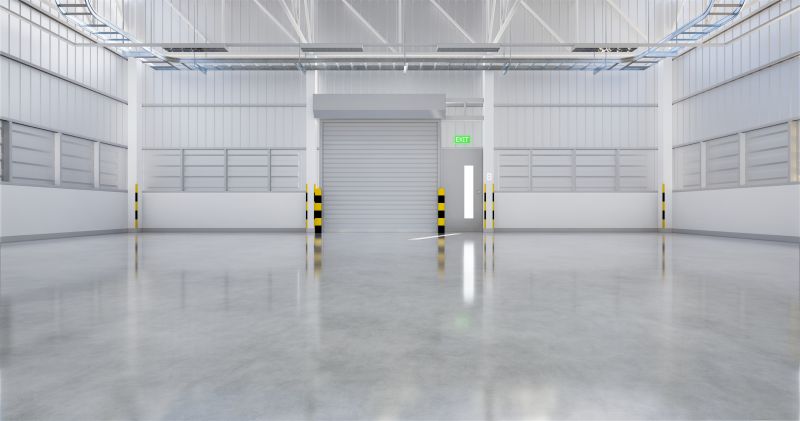
Supports heavy loads and high traffic.
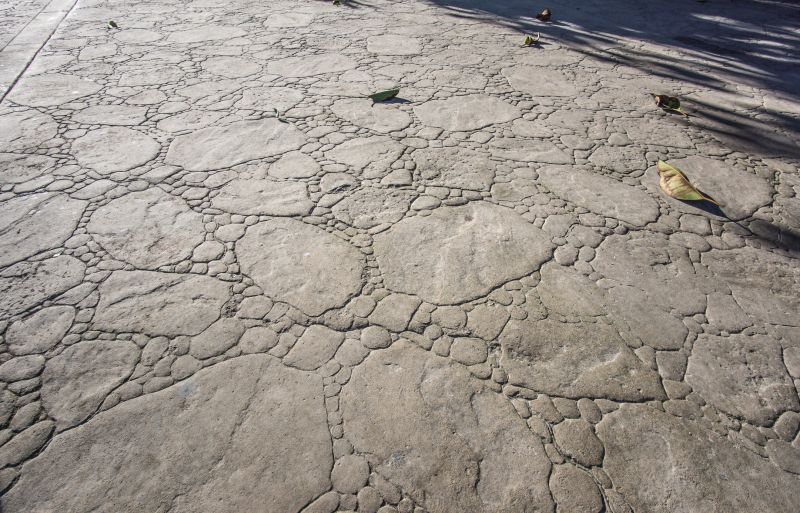
Adds decorative patterns and textures.
| Season | Optimal Resurfacing Conditions |
|---|---|
| Spring | Ideal due to moderate temperatures and low humidity. |
| Fall | Suitable for similar reasons, avoiding summer heat and winter cold. |
| Summer | Possible with early morning or late evening applications in shaded areas. |
| Winter | Generally not recommended due to freezing temperatures and moisture risks. |
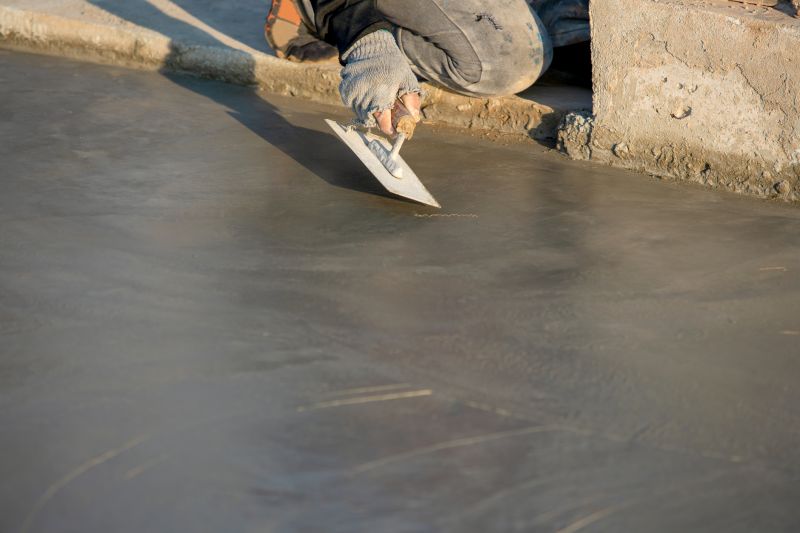
Optimal weather supports long-lasting results.
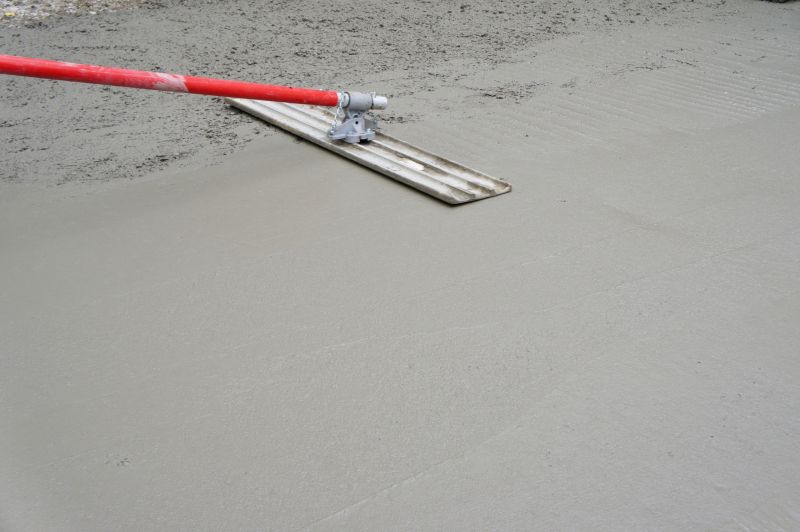
Ideal for moderate temperatures and dry conditions.

Requires careful timing to avoid heat-related issues.
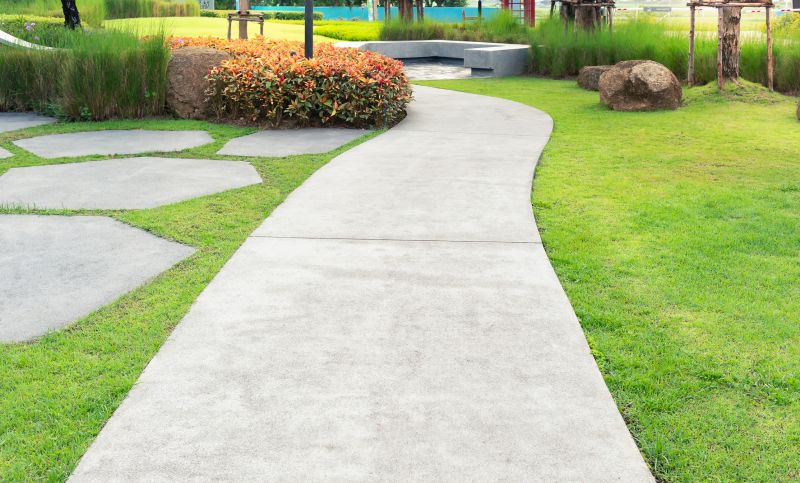
Not suitable due to cold and moisture risks.
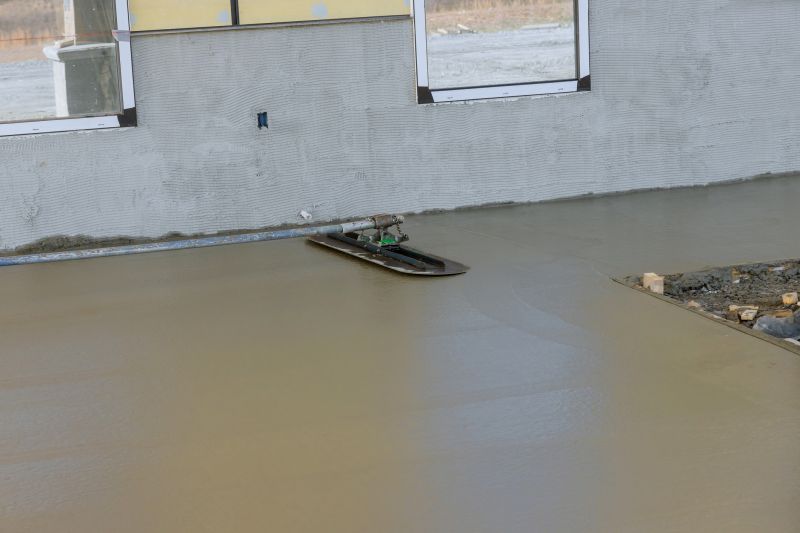
High-end options that actually feel worth it for Concrete Resurfacings.

Finishes and colors that play nicely with Concrete Resurfacings.

Little measurements that prevent headaches on Concrete Resurfacings day.

A 60-second routine that keeps Concrete Resurfacings looking new.
Interested in improving the appearance and durability of concrete surfaces? Filling out the contact form can provide more information and assistance in planning a resurfacing project tailored to specific needs and local climate conditions.



